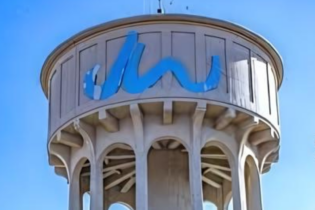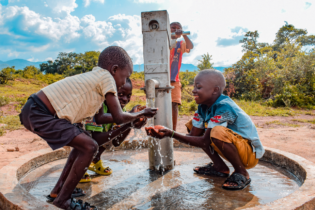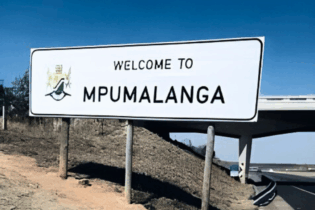Logging of water pressure and flow is one of the most important aspects of any water demand management(WDM) programme and one that is generally neglected if not ignored completely in most parts of South Africa.
In recent years, with the advent of GSM- and GPRS-based loggers, it is now possible to capture and transmit logging information with relative ease. Such information, if used properly, can help water managers to manage their water distribution systems effectively and efficiently, and they can often identify problems before they become major crises. There is no substitute for reliable ‘real-time’ flow and pressure information and, where available, it will facilitate the analysis of minimum night flows, which was the original foundation of any proper WDM programme. Over the years, more effort seems to have been placed on high-tech electronic solutions and software thateliminates the need to visit the site or to get one’s hands dirty. Recording and analysing real logging information has, in fact, become less common as the new technology and software models being used by municipalities is thought by many to eliminate the need for any such analyses. In reality, many water reticulation managers have lost the ability to properly manage their systems in many parts of South Africa and there is a real need to move back to the basics and start using logging results to monitor what is actually happening in the water reticulation systems and identify the problems. Reliable logging information provides a manager with real-time data on what is happening in the system as opposed to what the hydraulic models say should be happening. In many cases, the modelled flows provided by the sophisticated computer models bear little resemblance to what is being measured on the ground. Such discrepancies are not a reflection on the software models that are used to design the reticulation systems since they are only as reliable as the information on which they are based. When the models and reality diverge, the problem is rather a reflection on the reticulation managers and maintenance personnel who are not operating the system in the manner in which it was designed.It is with this background that WRP and Vodacom have decided to work together in order to pool their respective capabilities to offer a reliable monitoring system to water consumers and water service providers throughout South Africa. Vodacom and its various subsidiary companies have great expertise in the machine-to-machine data transmission, which is the key to the data monitoring and analysis platform designed and operated by WRP.
WRP has been developing the Zednet platform for use throughout South Africa for the past 10 years and the software is already operational with almost 2 000 live sites throughout South Africa. Most of the sites provide live data for either government departments such as the Department of Water Affairs or municipalities thatwish to monitor how much water they supply to specific areas and often also the pressure supplied. The combined strength of the Vodacom and WRP offering is such that it offers the most reliable cellular-based communication network in the country and also the most reliable and robust data acquisition, display and analysis software.The system is already being used and/or trialled in many parts of the country with the objective of improving the offering to cover a wider range of possible meters, including combination meters supplying individual consumers and town-house complexes. The equipment being used to monitor the lows and pressures is designed and manufactured in the UK and Europe, and has been tested extensively over the past 10 years to verify the expected battery life of the units. Each unit is supplied with its own power supply, which is expected to last for up to five years. Tests undertaken for the Department of Water Affairs in extreme field conditions exceeded fiveyears and some units were still functioning after more than six years without a battery replacement. This eliminates the need for mains supply, which is invariably a problem issue in most parts of South Africa due to cable theft.






